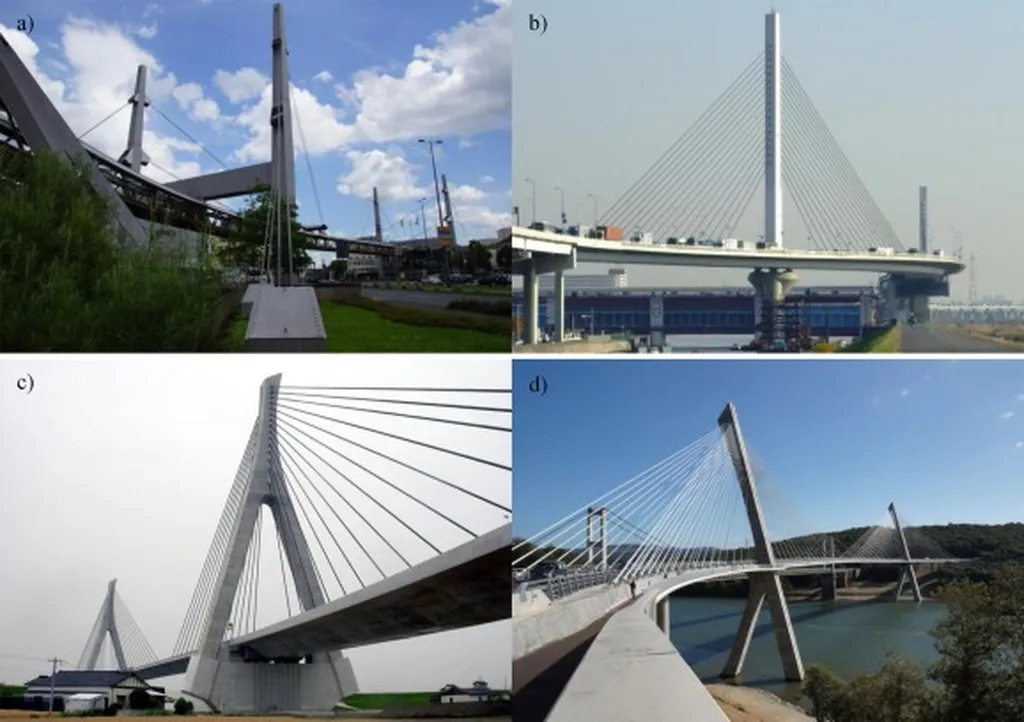In the ever-evolving landscape of construction, a recent study published in ‘Нанотехнологии в строительстве’ (Nanotechnologies in Construction) is shedding light on the unique advantages and challenges of cable-stayed structures, offering a glimpse into the future of large-span buildings. Led by Tatyana K. Kuzmina from the National Research Moscow State University of Civil Engineering, the research delves into the organizational and technological solutions that make these structures a compelling choice for modern architecture and infrastructure projects.
Cable-stayed structures have long been admired for their ability to convey architectural expression while ensuring high efficiency and minimal weight. These structures, which use cables to provide support, are particularly suited for large-span buildings such as stadiums, exhibition centers, and airports. The study highlights the growing interest in systems with cross-arranged cables and arch cable-stayed combined solutions, including “tensegrity” structures, which offer innovative design possibilities.
Kuzmina’s research is based on a comprehensive analysis of regulatory documents and scientific literature, providing a detailed comparison of various types of cable-stayed systems, including parallel, radial, and cross-arranged configurations. “The use of cable-stayed coverings, especially with cross-arranged cables and ‘tensegrity’ structures, is a promising direction in modern construction,” Kuzmina explains. “These structures allow us to create complex architectural solutions, resulting in lightweight, aesthetically attractive coverings.”
The study reveals that while cable-stayed structures offer numerous advantages, their design and installation require careful consideration of potential disadvantages and limitations. For instance, the study notes that while these structures can be highly efficient, they may also be more susceptible to certain types of loading and environmental factors. Understanding these nuances is crucial for ensuring the strength and durability of buildings and structures.
The commercial implications of this research are significant, particularly for the energy sector. Large-span buildings often require substantial energy for heating, cooling, and lighting. By optimizing the design and installation of cable-stayed structures, it may be possible to reduce the energy consumption of these buildings, leading to cost savings and a smaller carbon footprint. Additionally, the lightweight nature of these structures can reduce the amount of materials required, further contributing to sustainability goals.
As the construction industry continues to evolve, the insights provided by Kuzmina’s research are likely to shape future developments in the field. By embracing innovative design solutions and leveraging advanced materials and technologies, architects and engineers can create buildings that are not only visually stunning but also highly efficient and sustainable. The study serves as a reminder that the future of construction lies in the intersection of creativity, innovation, and technical expertise.

